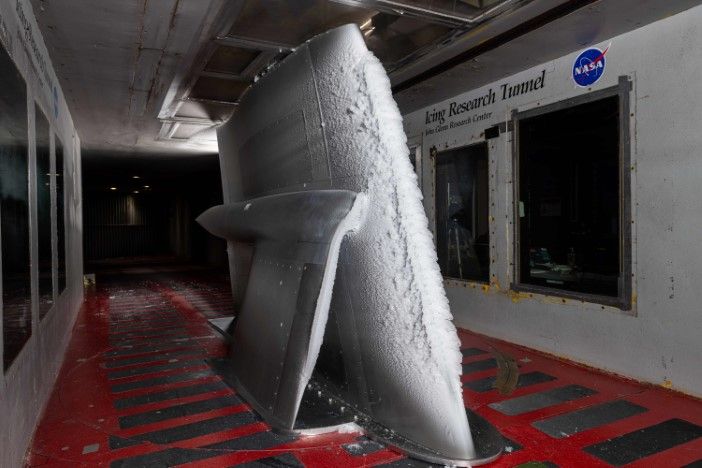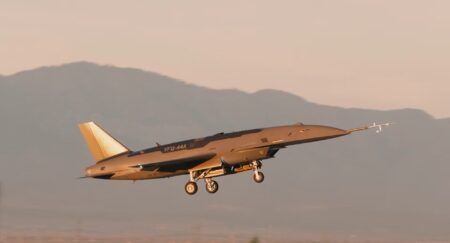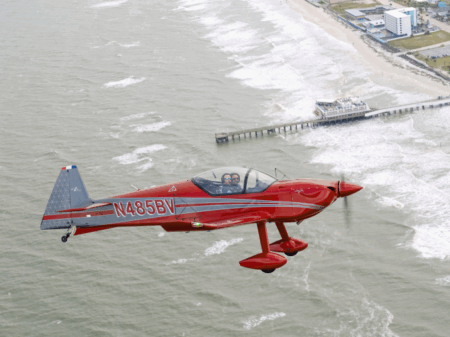Transonic truss-braced wings offer an opportunity for new aircraft designs that enable fuel savings, but research has revealed that this type of wing could also be susceptible to ice buildup. NASA researchers are working to determine if such an issue exists, and how it can be addressed.
Testing being conducted in the Icing Research Tunnel at NASA’s Glenn Research Center in Cleveland, Ohio is helping engineers test a transonic truss-braced wing concept and collect important data to inform the design of these potential efficient aircraft of the future.
The research is part of NASA’s work to mature transonic truss-braced technology by looking at issues including safety and how future aircraft could be integrated into aviation infrastructure.
A transonic truss-braced wing generates less drag in flight compared to today’s aircraft wings, requiring an aircraft to burn less fuel. However, data the research team has collected so far suggests large sections of the frontmost part of the wing, also known as the leading edge will require an ice protection system, similar to those already found on some commercial aircraft.
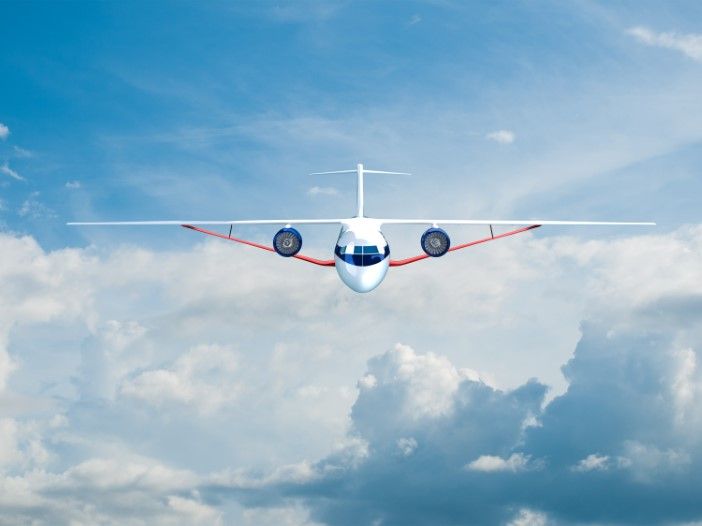
NASA Glenn’s Icing Research Tunnel can simulate icing conditions to identify potential challenges for new aircraft designs. These tests provide important information about how ice builds up on wings and can help identify the most critical icing conditions for safety.
All commercial aircraft be approved by the FAA must be able to operate in all kinds of weather.
Boeing is also working with NASA to build, test, and fly the X-66, a full-sized demonstrator aircraft with transonic truss-braced wings. Because the experimental aircraft will not be flown in icy conditions, tests in the Icing Research Tunnel are providing answers to questions about ice buildup.
NASA’s Advanced Air Transport Technology project investigates specific performance aspects of transonic truss-braced wing concepts, such as icing. The program is the latest in a series of NASA R&D projects into transonic truss-braced wing technology, the first of which was run around 20 years ago.
The agency aims to developing truss-braced wing technology to the point where private companies can integrate it into commercial aircraft configurations. The Advanced Air Transport Technology project is part of NASA’s Advanced Air Vehicles Program.
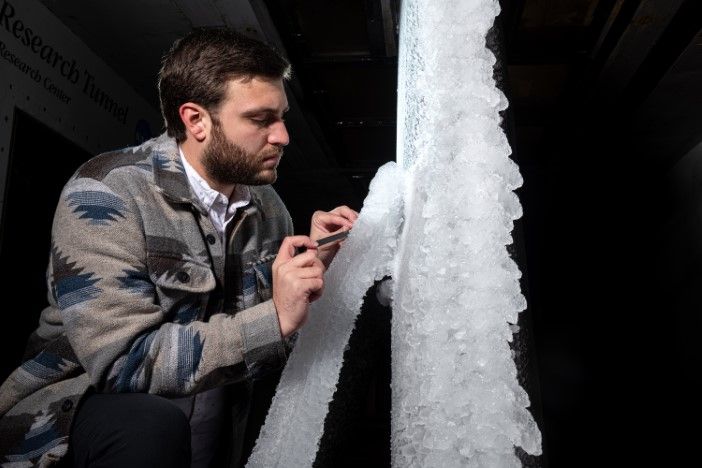
This article was originally posted by NASA.


